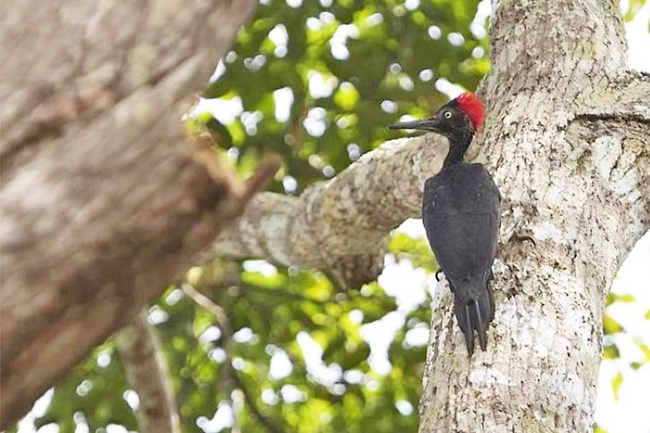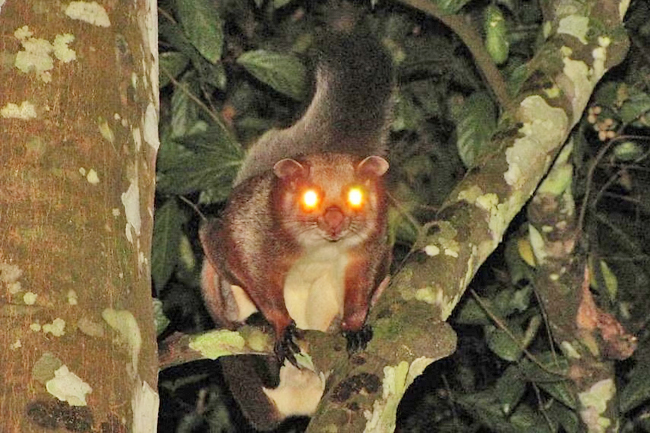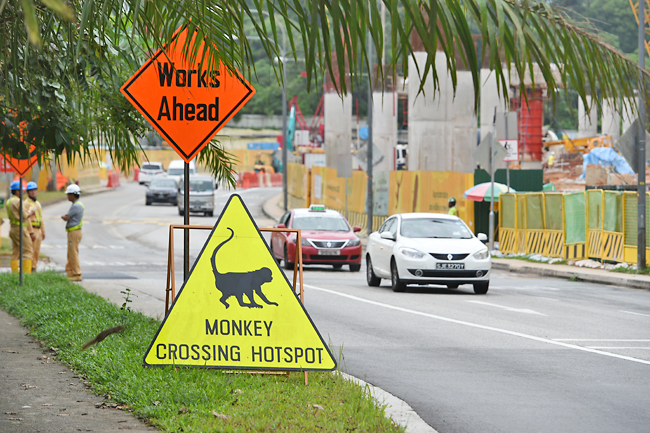ANN/THE STRAITS TIMES – With the urbanisation of Singapore and deforestation of land that made way for the modern country it is today, it was believed that it had lost at least two-thirds of its biodiversity.
However, a recent report revealed that this is not the case with only a 37-per-cent loss in the city-state’s flora and fauna species. This is almost half of the estimated extinction rate, according to a well-cited 2003 paper.
The latest study published in the scientific journal Proceedings of the National Academy of Sciences in December 2023 involved 27 experts and junior researchers who used novel mathematical models.
Notably, the decade-long research led by theoretical ecologist Ryan Chisholm from the National University of Singapore (NUS) developed statistical methods that accounted for dark extinctions – the unknown number of plants and animals that died out before they were discovered.
Globally, these silent extinctions have posed a problem for scientists looking to chart the true scale of human-driven extinction.
“The findings are significant for Singapore,” said Associate Professor Chisholm, who conceived the research idea in 2012.




“(The study) gives more accurate estimates of extinctions than past studies, and it identifies large and charismatic species as having been particularly vulnerable to extinction here.”
Charismatic species are fauna and flora that garner more public interest due to their aesthetic appeal or cultural significance. In the Singapore context, examples of these species include pangolins and orchids, said Chisholm.
Historical records for flora and fauna groups here that are not as well studied can be too sparse, making it difficult to figure out just how many species once existed on the island.
Fish curator at NUS’ natural history museum Dr Tan Heok Hui who co-authored the recent paper, said much of the original freshwater fish on the island was likely to have been unrecorded as the earliest checklist dates back to the 1960s, almost two decades after large tracts of mangrove and freshwater forests had been cleared.
He said, “The freshwater fish records may not be complete, but nonetheless provide a vital clue to past events.”
To paint the most accurate picture of extinctions in Singapore, the researchers painstakingly assembled a comprehensive database of records, comprising more than 50,600 observations of over 3,060 species from 10 major animal and plant groups.
The library ranges from the oldest natural history material obtained in Singapore, a sea teak stalk collected in 1796 to social media sightings and citizen records, such as a photo taken by Prime Minister Lee Hsien Loong of a black-headed collared snake.
For groups like birds that had more extensive data sets, a novel statistical model was created to estimate the probability that each species went extinct and an estimated date of extinction by processing all available records. The researchers found that as a result of deforestation and urbanisation in the last 200 years, native butterflies faced the highest estimated rate of extinction as nearly half of its species disappeared, followed by 42 per cent of bees.
Three out of five mammals that weighed more than 10 kilogrammes, like leopards, had gone extinct.
Nearly 90 per cent of birds dependent on older forests were also expected to have died out. Among plants, orchids were the hardest hit, with 68 per cent of known species lost.
Assistant Professor John Ascher from NUS, who co-authored the study and specialises in bees and wasps, said the main bees known to have been lost were those that relied on forests.
“Unfortunately, some of the most valuable species for meliponiculture (the practice of keeping stingless bees for honey and hive products) that are widely kept in nearby Malaysia have been lost from Singapore, depriving us of their honey and pollination,” he added.
“A lot of these bees required extensive dipterocarp forests for their nests and foraging,” he added. The Dipterocarpaceae family consists of tropical hardwood trees like the chengal tree.
Ascher believes that these new estimates are also more realistic than the 2003 paper published in scientific journal Nature, which had accounted for dark extinctions.
“Those numbers were so high that it was unlikely that so many extra species could have existed in Singapore,” he said. – Ang Qing






